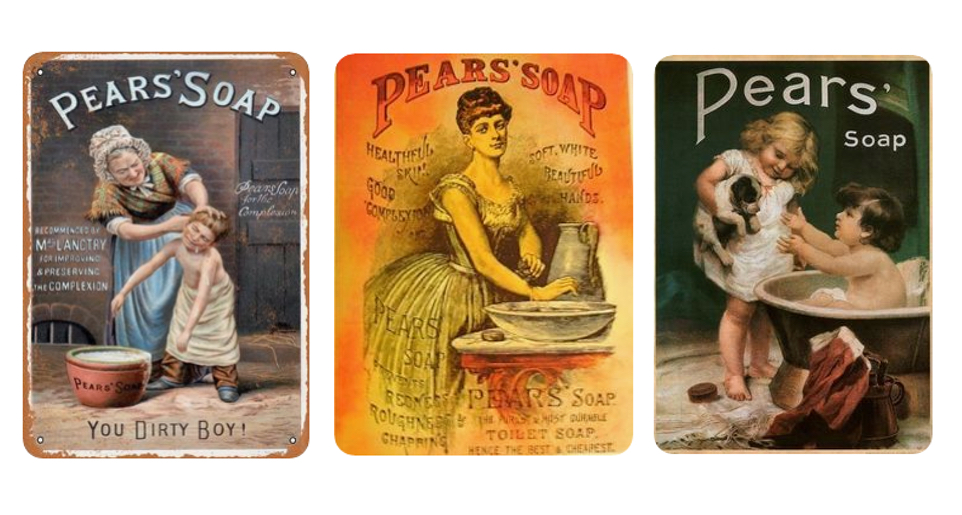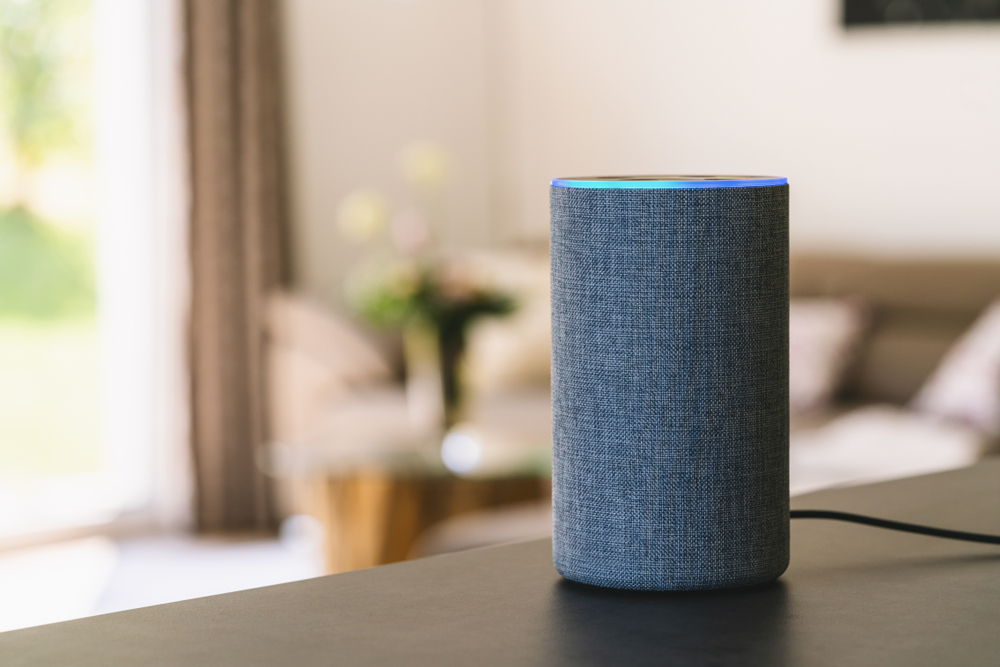When you think about marketing your products and services, you might only think of the visual appeal. The words and images you choose might seem like the only tools you have to persuade people to pay attention to your brand.
However, this approach is ignoring a massive part of human psychology and behavior. Life is a sensory experience, and uses all the different sensory triggers to help us be aware of what is happening around us.
During the past 50 years, there has been a lot of research about how the five senses (sight, sound, taste, touch, smell) can affect our decisions to buy. This new knowledge has led to the field of sensory marketing, an innovative approach to attracting interest.
In this article we will look at how you can use a multi sensory marketing experience with your target audience, and stand out from the competition.
What is Sensory Marketing?
Sensory marketing is when a business uses many different senses to create a positive impression for a brand. Appealing to multiple senses and sensory cues helps in winning a customer’s attention and trust by appealing to each of the five senses.
Using sensory marketing tactics involves finding creative ways to appeal to the needs and wants of customers, and to make a lasting impression through unique marketing tools that can trigger sensory stimulus.

People use many different senses to make decisions about which products and services they want to buy.
Human beings make decisions using a lot more cues than just their visual sense. Sensory perception extends to taste, touch, smell, and sound, which play a big part in the feelings we have about a brand. In fact, your brand personality, and brand identity can be shaped just as much by the sensory aspect of what you do as much as your pricing, service, or any other aspect.
In this article, we will review the five senses and how they are used in sensory marketing, and how you can incorporate them into your advertising and marketing.
Sensory Marketing with Sight
Marketing with visuals has been around for hundreds of years. Posters and visual advertisements date back to Egyptian times when papyrus was used to promote services and make sales at markets.
The real boom of visual advertising began in the mid-1800s when companies like Pears Soap began advertising the benefits of their soaps over other companies. The company purchased original artwork from artists and then modified them to include a bar of Pears’ soap.

In the 1890’s Pear’s Soap was the first brand in the world to use visual advertising to promote their brand to the public.
Since then, advertising has undergone many incarnations; however, the approach is the same. By showing a visual of a product or service, and including the benefits, you give your audience a way to better understand what you offer.
Today, visual sensory marketing is broken down into different approaches. There is a whole art and science behind it that persuades people to buy.
Here are the most common ways that brands use visuals as part of their sensory marketing techniques:
Colors
Color schemes affect people differently and give a different look and feel to a brand. For example, the color red denotes passion and emotion, while the color green is more wholistic and environmental. Every single color has feelings and emotions attached to it. The better you understand them, the more likely you are to choose the best ones to appeal to your customers.
Images
Using images in advertising is a great way to grab attention quickly. If you include photographs of people in your advertisements, it appeals to the human interest we have in others. When we see other people doing something, we are more likely to try it for ourselves.
Some companies also use environments or objects in their images. Both can help to give a broader impression of a brand and make the person viewing the advertisement more interested.
Text
You might not immediately think of the written word as a visual medium, but that’s precisely what it is. The ability to influence with the written word might be the oldest form of marketing out there.
A simple sign on a door promoting a business is a form of visual marketing. This written blog piece is a form of visual marketing. Any type of headline in an advertisement that is coupled with images and the right fonts can have a significant impact.
Graphics
Sometimes instead of using a photograph, some companies prefer to use graphics such as illustrations, diagrams, symbols, and computer-generated graphics.
Video
The next evolution of imagery is moving pictures and video marketing. Television was the first method by which companies were able to do visual marketing. With the increase in web-based video during the past 25 years, video marketing is very popular. Stock video footage is used in many online advertisements to show the user how a product can benefit them.
Light
The lighting in a company story or environment is a type of visual marketing that can change the look and feel of a brand. Some retail stores will use mood lighting or lamps instead of overhead lights to change the experience the customer has.
Sensory Marketing With Sounds
Advertising with sounds became popular in the 1920s, as the popularity of radio programs grew. In 1922 AT&T began to sell toll broadcasting opportunities to businesses. A company could underwrite or finance a broadcast and have their brand mentioned on the air in return.
In 1926, the world of radio jingles was born, when an a cappella group called the Wheaties Quartet sang about General Mills breakfast cereal. Jingles soon became a popular form of advertisement where words describing the product were set to music to ramp up the entertainment value.

Audio marketing has been around for over 100 years, and today smart speakers offer new ways to advertise and promote.
In the modern world, auditory marketing is a part of almost all marketing campaigns on television, radio, podcasts, and online advertisements.
Here are the most audio marketing tools that brands use in sensory marketing.
Voice Overs
Since radio advertising became popular in the 1920s, the use of voice-overs to promote and persuade has been a common practice. A voice-over is when a person reads a scripted ad that aims to move the listener to action. Often there is some explanation of the products and services, as well as the features and benefits.
Sound Effects
Similar to movies, using sound effects in ads has helped to amplify the drama that is part of an advertisement. Some brands use sound effects to represent their brand. An example is the T-Mobile ring tone, which is used in all audio and video campaigns.
Thematic Music
Having background music in advertisements ads meaning and mood to the words and visuals. Many companies now offer stock music tracks to add to video advertisements.
Sensory Marketing With Scent
It might seem strange to think of a sense of smell as being useful in marketing. The sense of smell is the most direct link to the brain in human beings. A particular smell can trigger memories and can affect decisions very quickly.
While not a lot of brands have managed to incorporate scents into marketing, it is still being used by a few companies.

Brands like Abercrombie & Fitch have used fragrances and mood lighting to heighten their in-store experience.
Here are the unique approaches that companies incorporate scents into sensory marketing.
Environmental Scents
Some companies have experimented with using environmental scents such as the ocean, fresh-cut grass, and pine forests in their advertisements. The technology to deliver scents has been hit or miss, and inventions like the smelling screen are yet to become mainstream.
Fragrances
Using scents as a marketing tool has been around for a long time. Fragrances samples in magazines have always been a popular method, and today some stores use scents to add to the appeal of their brand.
Food Scents
The enticing smell of a bakery or freshly brewed coffee is a common method that some brands use to appeal to customers. Hot dog vendors will also use the scent of cooking to entice hungry crowds at events.
Sensory Marketing with Touch
While it may seem to strange to think of touch as a marketing tactic, in some instances, it can work well to grow a brand’s appeal.
Some products require using the product before buying. Examples of this are technology such as phones and cars. Both usually require a hands-on test drive before a person chooses to buy.

Being able to touch and interact with some products is an important step in the buying process.
Here are the methods that companies use to incorporate touch into their sensory marketing campaigns.
Comfort
For brands such as furniture sellers, allowing customers to sit on and feel the furniture before buying is an integral part of the marketing. Floor models of the same pieces are offered in stores to give customers a chance to experience the feel.
Clothes retailers will often have the same setup to let people experience to look and feel of a garment before buying.
Collateral
Some brands will use thick card-stock to give a feeling of quality to their company. Thank you cards and brochures are great ways to make an impression on clients after they have visited. While printed materials are more expensive than digital versions, for some companies, the tactile feel adds an edge. Companies like Moo offer a way to create amazing printed collateral for your business that makes you stand out.
Hands-On Tests
Many companies today offer hands-on tests for their products. Apple was one of the first brands to provide in-store access to its technology. This approach allowed users to touch and interact with the technology before buying. Rather than focus on selling, the Apple approach was to simply let people use the tools until they decided what worked for them. Many stores today offer a similar ‘try before you buy’ experience.
Sensory Marketing with Taste
Taste is another visceral sense that is often overlooked in marketing. Taste is a way to appeal to the biological urges or people to eat and drink. It is closely linked with the smell sense and can be significantly affected by other senses as well.
Of course, the sense of taste is extremely subjective, so it can often backfire if people don’t like the way a product tastes. This was the case when Coca Cola introduced ‘New Coke’ in 1985, and saw sales dropped dramatically.

Some brands will use food samples to entice customers to buy more. This tactic is commonly seen in supermarkets.
Here are the ways that companies use taste in sensory marketing.
Samples
The most common type of taste marketing is through samples of foods and beverages. These are very common at supermarkets and liquor stores. The initial taste of something will help a consumer to understand the food or beverage product in a visceral way.
New Flavors
Another method that some brands use to try to reach new audiences is by introducing new flavors. If one product is working well, then broadening the category to offer different tasting versions can be a great tactic. Snack brand Frito-Lay offers multiple taste variations of Cheetos, including Flamin’ Hot, Puffs, White Cheddar, Chipotle Ranch, and more.
Combining the Senses
While visual and audio are the most common sensory tools that are used in modern marketing, it’s a good idea to think about the entire customer’s sensory experience. Do some basic sensory marketing research with your team to see how you can appeal to multiple senses of your customers.
Ask yourself and your team if there are different ways that you can combine different senses into your marketing plans? Using sensory marketing is a great way to innovate in your field and to stand out from your competitors.
Sensory marketing that appeals to the five senses will help your business become more creative. It will broaden your reach, and potentially get more people talking about and buying from your brand.














